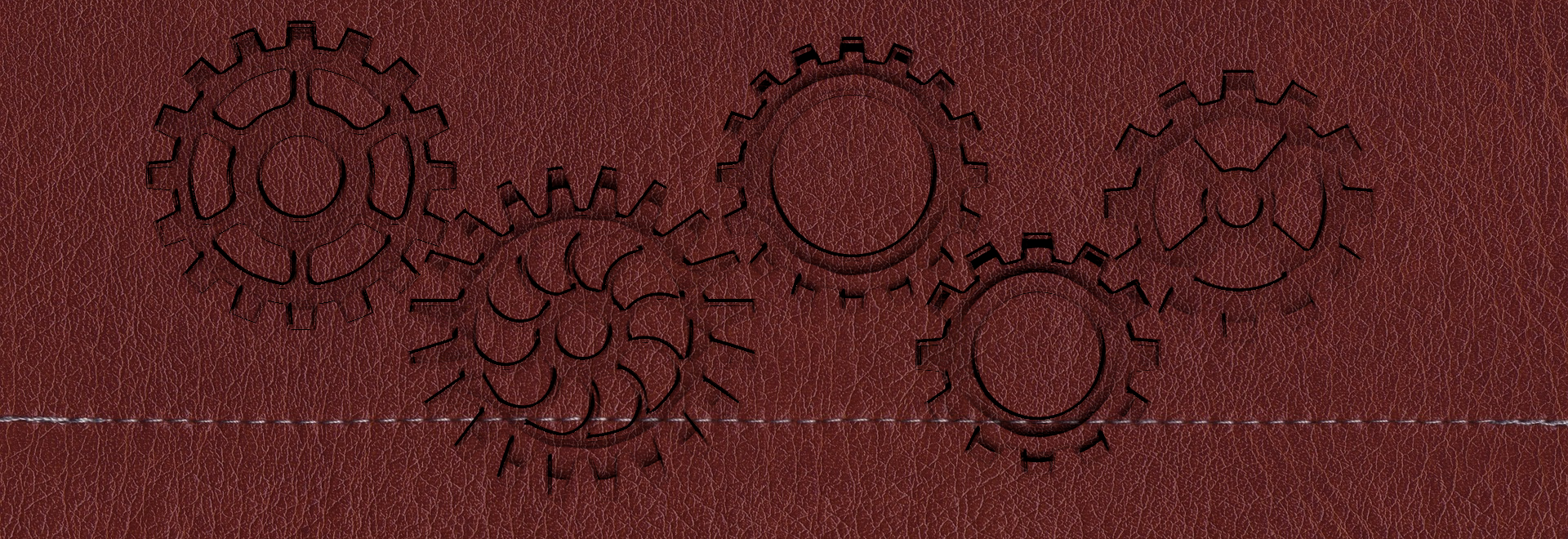Loaves (currency)
For any visitor to Losan, the monetary system appears to be nonsensical. Formally, the currency is called iterdan. On the street, locals haggle in loaves, complain about scythes, and receive change in oats. Prices aren't listed using the official symbol IL, but a strange trident-shaped mark. To make matters worse, the value of different coins appear random. A silver coin equals thirty-two copper coins. Surely having a silver coin equal ten copper coins is more logical. To the Losaners, the system is perfectly rational. Coins and the language around them are steeped in history and culture.
Physical Description: Oat-- small brass coin bearing an oat floret on the obverse side, the number denomination on the reverse in banaak, and Losaner People's Republic in Losaner along the back circumference. The coins are round, and the 50 oat coin is larger than a 1 sheaf coin. They come in 1, 2, 5, 10, 25, and 50 denominations Sheaf-- octagonal copper coin with a sheaf of wheat on the obverse side. Scythe-- octagonal nickel coin with a scythe on the obverse side. Flail-- silver coin with scalloped edges with a flail for threshing on the obverse side. Typically used to measure iterdan against the international market Mill-- large roud gold coin with a windmill on the obverse side Banknotes-- rarely used outside of international transactions or for very large denominations. Printed paper bearing the seal of the Losan government and stamped with the signature of the National Bank director. Valid only in Losan, and most businesses won't accept banknotes. Influence: Bread index. International metric to compare countries based on the price of bread. Measured in auren.
History
For centuries, the official currency in Losan was the Samoran auren. However, ordinary laborers were paid in copper tokens stamped with a municipal seal. Each token was good for one loaf of bread, and they were known as iterdan or bread-trade. Under the last Samoran king, Losan was granted the privilege to use their own currency following their unwavering support and sacrifice for the crown during the Holirou Riots and Saint Dongual Uprising. The early coins were backed by the Samoran government and bore the royal monogram on the obverse side with a unique image indicating denomination on the reverse side. During the Giardist Revolution, the region of Losan declared their independence, though it wasn't formally recognized until after the Giardist War. In the early years following their independence, the currency was woefully weak. Even though it was backed against silver, few people outside of Losan and Retland showed interest in using the relatively new money. However, the outbreak of the Veronan-Petrekian War pulled Losan onto the international stage.Physical Description
Iterdan are produced as metal coins by the Lind National Mint. The exact combinations of metals are guarded as a state secret, and anyone attempting to steal the mixtures face the penalty of death.
The divisions for the coins are based in bushels and measuring grain. A flail can be compared to a bushel, a scythe to a peck, and a sheaf to a quart.
Influences
In 5017, the Bread Index was created based on the original exchange rate of one iterdan to a loaf of bread. It's the standard metric for comparing the purchasing power between currencies by looking at the cost of one loaf of bread. Though it uses the Samoran auren as the comparison currency, the results are labelled as "High Iterdan" for overvalued currencies and "Low Iterdan" for undervalued currencies. The Lind State University evaluates the exchange rates quarterly, though they only publish the results annually.Physical Description: Oat-- small brass coin bearing an oat floret on the obverse side, the number denomination on the reverse in banaak, and Losaner People's Republic in Losaner along the back circumference. The coins are round, and the 50 oat coin is larger than a 1 sheaf coin. They come in 1, 2, 5, 10, 25, and 50 denominations Sheaf-- octagonal copper coin with a sheaf of wheat on the obverse side. Scythe-- octagonal nickel coin with a scythe on the obverse side. Flail-- silver coin with scalloped edges with a flail for threshing on the obverse side. Typically used to measure iterdan against the international market Mill-- large roud gold coin with a windmill on the obverse side Banknotes-- rarely used outside of international transactions or for very large denominations. Printed paper bearing the seal of the Losan government and stamped with the signature of the National Bank director. Valid only in Losan, and most businesses won't accept banknotes. Influence: Bread index. International metric to compare countries based on the price of bread. Measured in auren.
1 scythe = 8 sheaves
1 flail = 4 scythes
1 mill = 64 flails
Money Terminology
Losaners refer to their money by the symbol on the coin. The proper currency name is never used. Only the lowest coin denomination is used except in the case of mills. Scythes are translated into their sheaf value, and a null value is spoken to skip a denomination. In writing, use only the iterdan and banaak values followed by the sheaf symbol."Two and fifty oats" = Two sheaves and fifty oats (2,50)
"Three and four sheaves" = Three flails and four sheaves (100,00)
"One and ten sheaves" = One flail, one scythe, and two sheaves (42,00)
"Five null and thirty oats" = Five flails and thirty oats (160,30)
"Four mill, ten twenty and sixty oats" = Four mills, ten flails, two scythes, four sheaves, and sixty oats (8532,60)


Comments